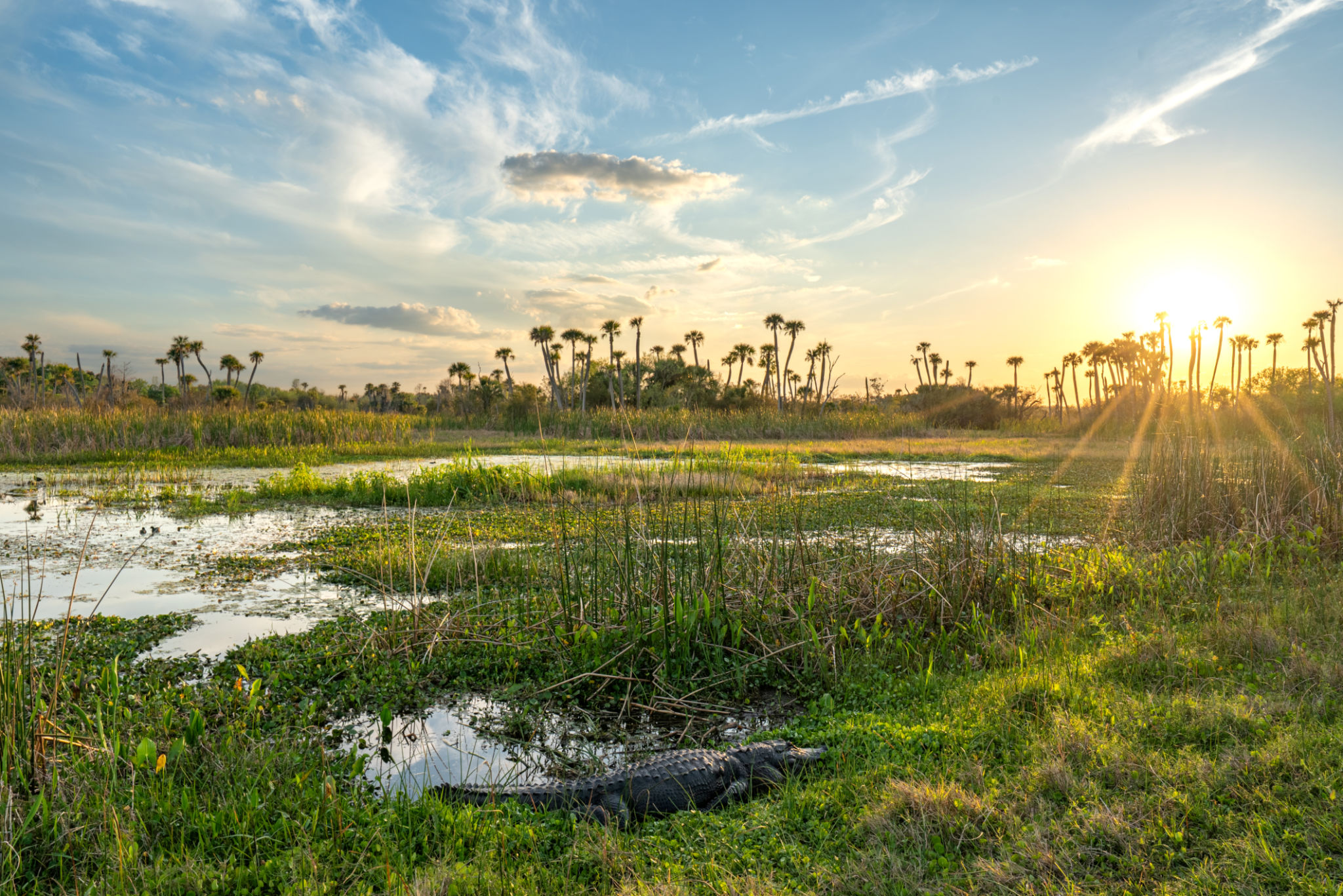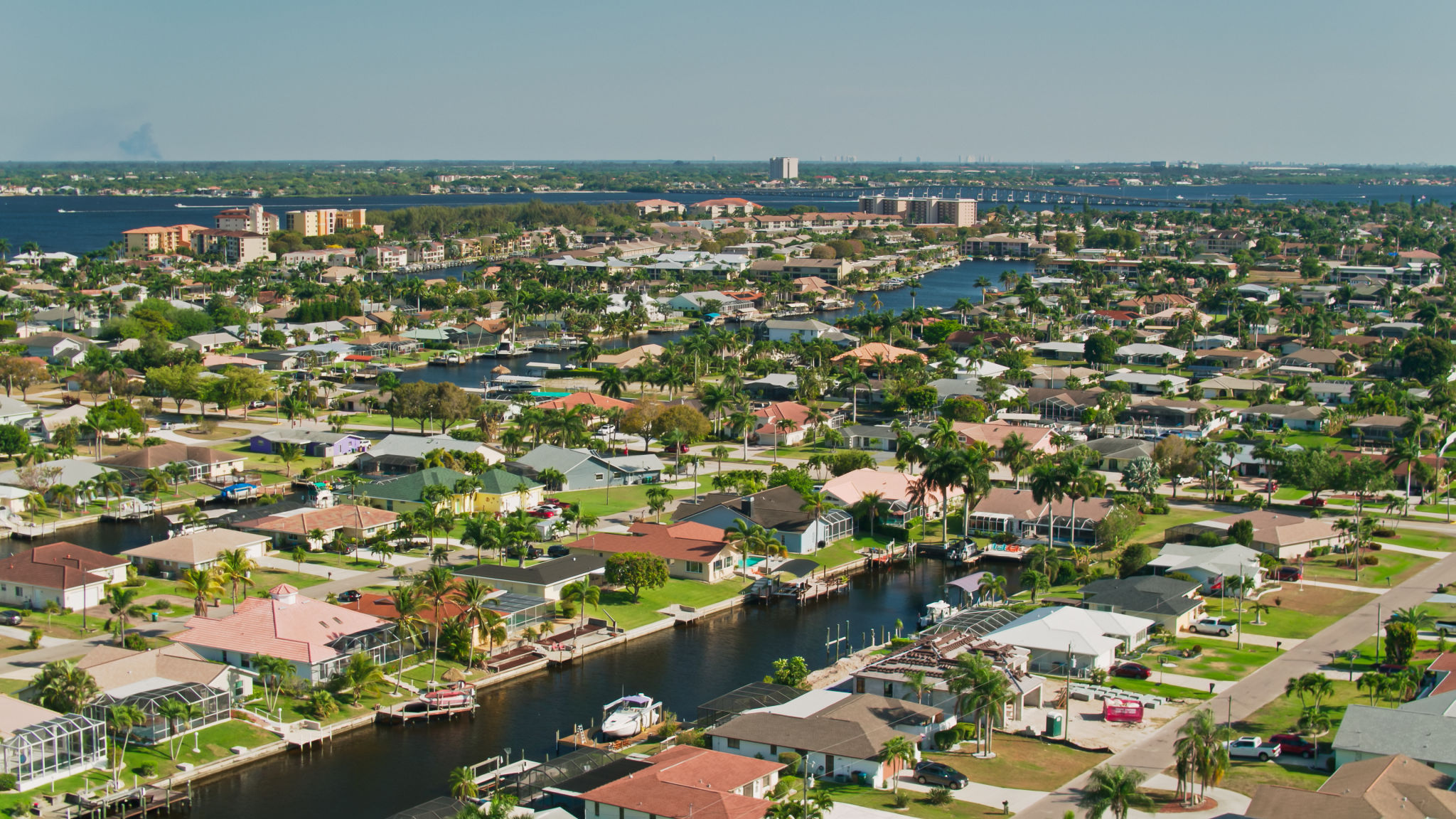Florida's Unique Environmental Challenges: A Case Study on Scientific Project Evaluation
Introduction to Florida's Environmental Landscape
Florida, renowned for its vibrant ecosystems and diverse wildlife, faces a range of unique environmental challenges. The state's distinctive geography, coupled with its rapidly growing population, has placed significant pressure on its natural resources. Understanding and addressing these issues require diligent scientific project evaluation, ensuring that environmental and developmental goals are met sustainably.

Climate Change and Rising Sea Levels
The impact of climate change is particularly pronounced in Florida, where rising sea levels threaten coastal communities and ecosystems. The state is experiencing increased flooding, erosion, and saltwater intrusion into freshwater resources. Effective scientific project evaluation is crucial for developing strategies to mitigate these effects and protect vulnerable areas.
Researchers are employing advanced modeling techniques to predict future sea level rise and its potential impacts. This data is essential for informing infrastructure development and urban planning, ensuring that new projects are resilient to environmental changes.
Protecting Biodiversity
Florida's rich biodiversity is one of its greatest assets, but it is under threat from habitat loss, pollution, and invasive species. Conservation projects aim to preserve and restore critical habitats, such as wetlands and mangroves, which play a vital role in supporting wildlife and enhancing coastal resilience.

Water Resource Management
Water management is a significant challenge in Florida due to its extensive network of rivers, lakes, and aquifers. Balancing the needs of urban areas with the ecological requirements of natural systems requires careful scientific project evaluation. Initiatives focus on improving water quality, managing consumption, and protecting aquatic ecosystems.
Programs like the Comprehensive Everglades Restoration Plan are pivotal in restoring natural water flow patterns and enhancing water quality across the region. These projects rely on robust scientific assessments to ensure that they achieve their environmental objectives without unintended consequences.
Addressing Urbanization Pressures
Rapid urbanization in Florida has led to increased demand for land and resources, often at the expense of natural habitats. Evaluating the environmental impact of new developments is essential to minimize their ecological footprint. Environmental impact assessments (EIAs) are integral tools in this process, providing insights into potential adverse effects and recommending mitigation measures.

The Role of Technology in Environmental Protection
Technological advancements are playing a crucial role in Florida's environmental protection efforts. Remote sensing, geographic information systems (GIS), and other digital tools are enhancing the accuracy and efficiency of scientific project evaluations. These technologies allow for real-time monitoring and analysis of environmental changes, facilitating proactive management strategies.
By integrating technology with traditional conservation practices, Florida can better address its environmental challenges while promoting sustainable development.
Conclusion: A Collaborative Future
Tackling Florida's unique environmental challenges requires a collaborative approach involving scientists, policymakers, communities, and businesses. By prioritizing scientific project evaluation and leveraging technological innovations, Florida can navigate its environmental challenges effectively. This will ensure the preservation of its natural beauty and ecological integrity for future generations.